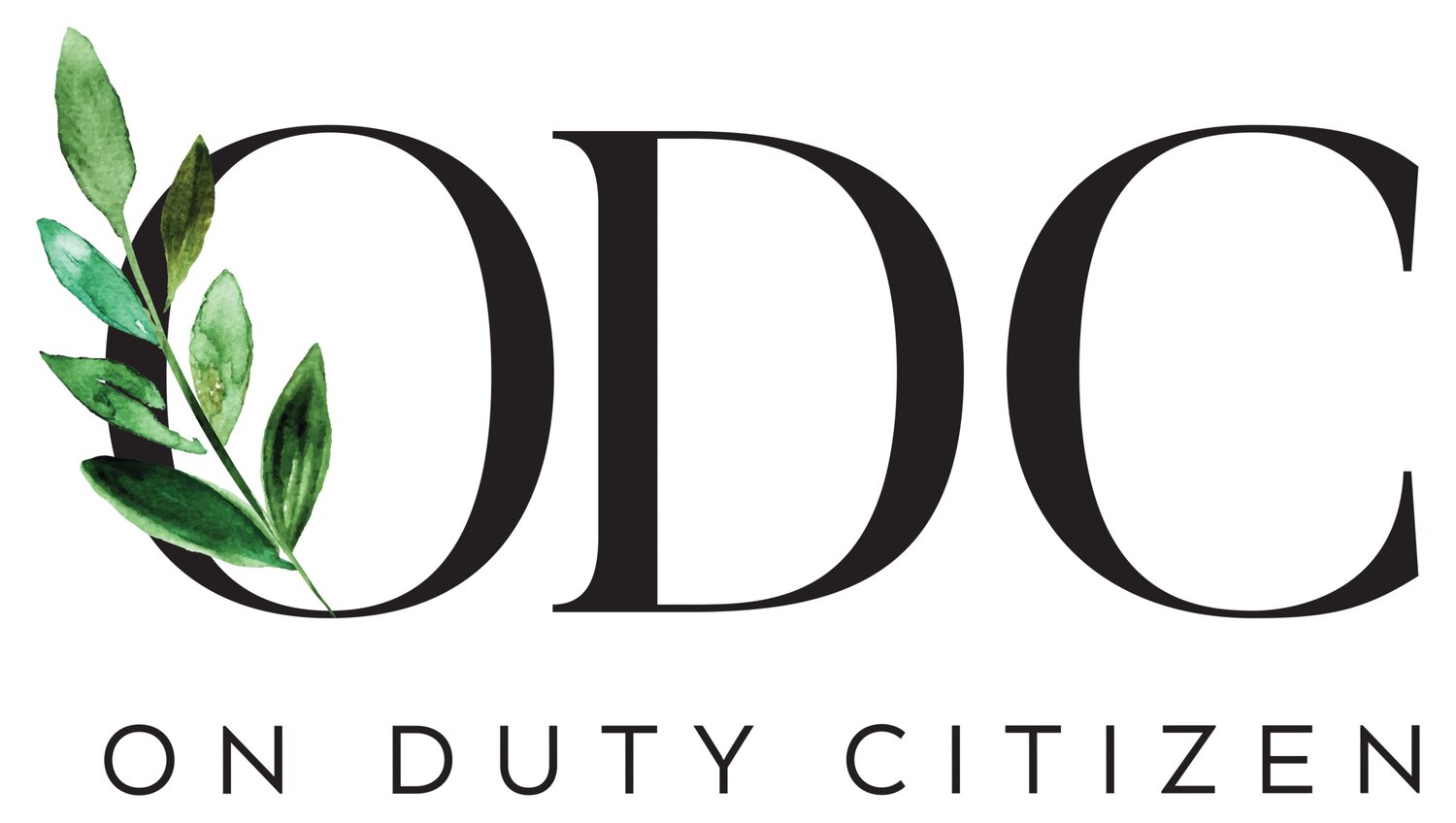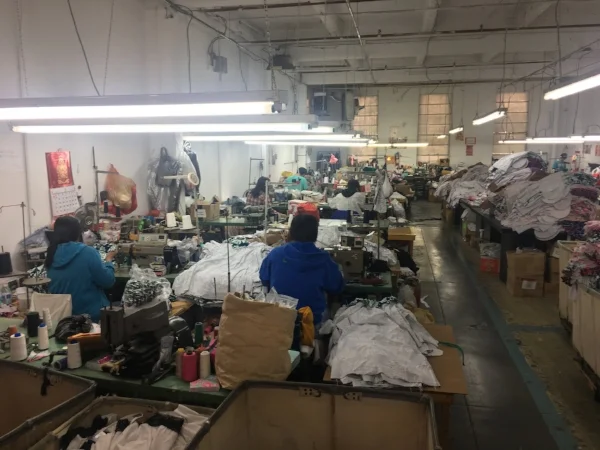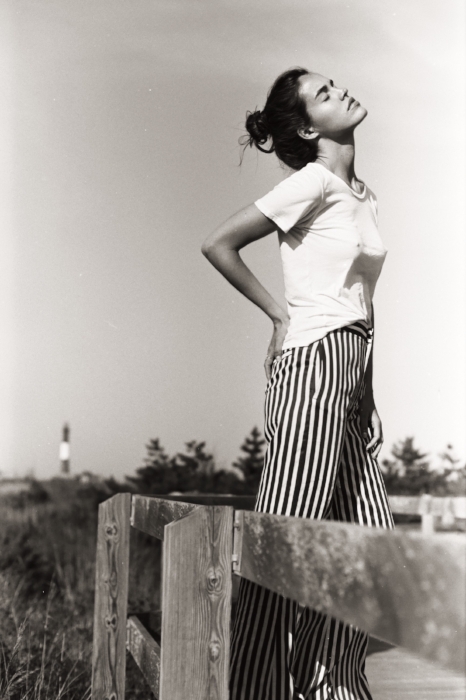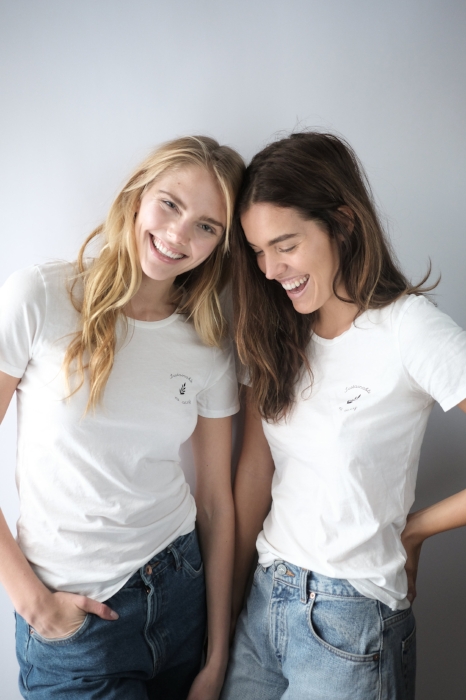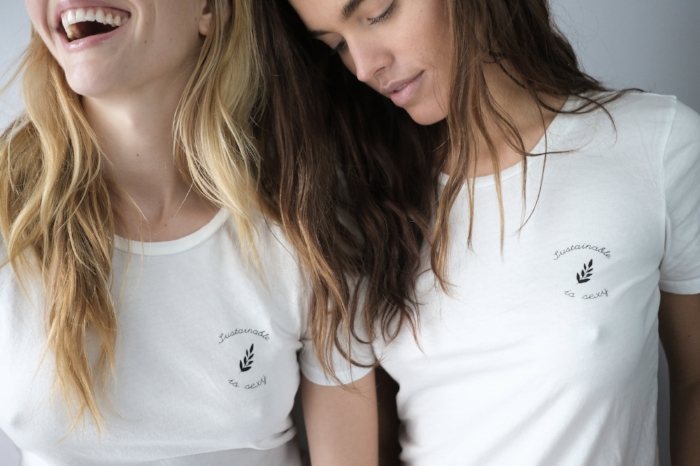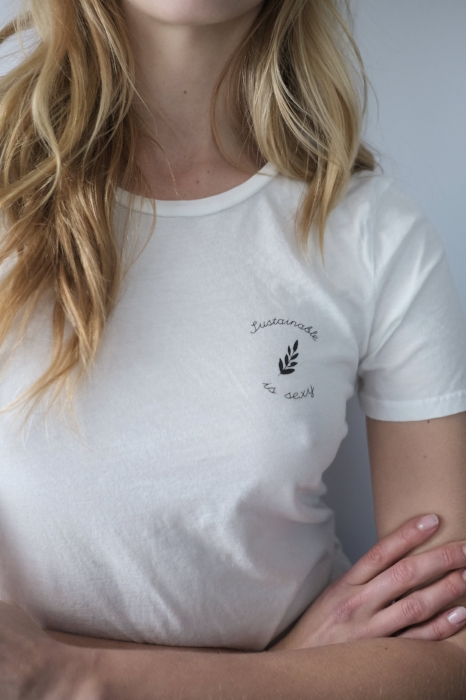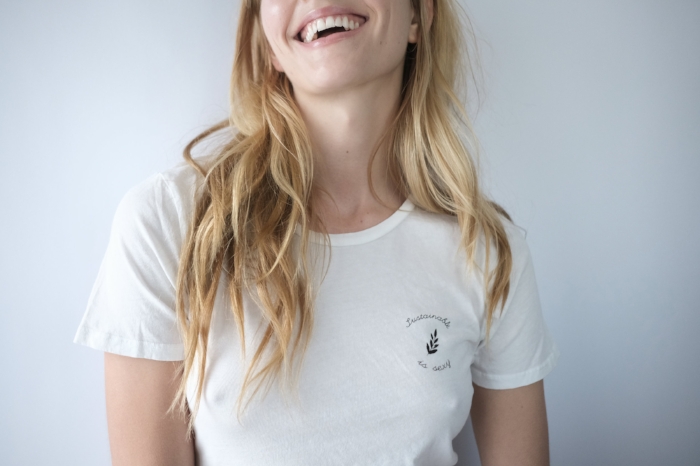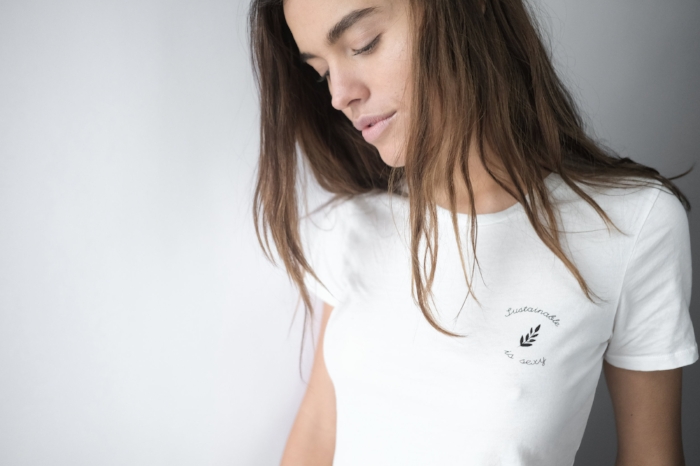2018 was a popular year for the little plastic straw. Something that seems so insignificant is popped into every single one of our drinks, whether we need it or not, without the slightest thought on its purpose or necessity. Think about it, if you ask for a glass of water, almost always it’s accompanied by a big plastic straw that we often discard before we even take our first sip. So what switched? There were viral videos of sea turtles with straws being stuck in their nostrils and people began to pay attention to the the little straw and began wondering how else straws were negatively harming our planet and what we could do.
The thing about the plastic straw is that it’s tangible. We all see its overabundant use in restaurants and bars, have used it to stir a drink for one second then tossed it to the side only the repeat the same procedure for our next drink and the drink after that, with one or two straws in each water we order in between. Why the sudden overuse of them? While they were originally created for making things a little easier to drink, in the 1930s they gained popularity when an inventor wanted to make it easier for his daughter to drink a milkshake. From that, the straws are mass-produced by a system selling people things they don’t really need, for the most part. Consumers of course took advantage of it and now we’re left with another over-consumed product with of course, inevitable backlash. We can see the waste. On our beaches, straws are often one of the top ten items collected globally on the coastlines.
It was once quoted that in the U.S. alone, 500 million straws are used EVERY DAY. That seems like an incredible amount that’s hard to picture exactly how many that truly is. Here are some figures to put it into perspective… “500 million straws could fill over 127 school buses each day, or more than 46,400 school buses every year.. 500 million straws per day is an average of 1.6 straws per person (in the US) per day. Based on this national average, each person in the US will use approximately 38,000 or more straws between the ages of 5 and 65.” While I’m not 100% that this stat is entirely accurate, it goes without saying that whatever the number is, it is high and there is something we can do about it.
So what can we do? There are a ton of alternate options out there, here are my favorite options ranking from best to last:
No straw (no waste)
Bamboo straw (sturdy, dishwasher safe, light)
Metal straws (sturdy, dishwasher safe, easy to clean, not good for hot beverages)
Glass straws (sturdy, easy to clean, but breakable)
Paper straws (trendy and fun but don’t last and wasteful to produce)
Why the hate for paper? It’s similar to the debate between plastic and paper bags.
A study done last year by Denmark’s Ministry of Environment and Food found that paper bags need to be reused at least 43 times for its per-use environmental impacts to be less than that of typical plastic bag used once.
You choose between plastic, reusable and less energy to make but not biodegradable or paper, harder to reuse, a ton of energy to make but biodegradable…Truthfully, neither is “good”
There’s a few things to note when talking about banning the straws. For one, a large population of our world needs them. It’s easy for anyone who isn’t physically challenged to say “no straw”,
“I don’t use those”, “who would need a plastic straw”, or to even look down upon people who order them. When I saw the video of the turtle, I knew I would try my best to say no when the opportunity presented itself, pretty much always, but I vowed to myself to never shame anyone who forgot to say “no straw”. Check out this article by Alden Wicker of EcoCult. She talks about the necessity to address the issue of plastic waste but to be flexible with the movement and open to people who actually need the straw. Banning something that certain people’s lives depend upon is ridiculous and we should by no means shame anyone. With my decisions I make about the sustainable movement, I hope to influence many people in my community to do whatever they can. We need to keep this in mind.
I loved Alden’s idea about an opt-in system when talking about the straw ban movement. Instead of the waiters at restaurants automatically putting a straw in every single drink, they always need to have them on hand and you have to say when you order “I need a plastic straw”. That in itself will heavily cut down the amount wasted at each restaurant yet no one who actually needs one will (hopefully) not be looked down upon.
While I support the movement to use less straws, some feel the movement to falls extremely short. Sure, plastic straws are overused and create a lot of waste but many argued that this movement failed to address something bigger that is creating much more waste than the straw. The commercialized fishing net, and other plastic waste in general. Straws are an easy target because many people can do without them. I don’t question the necessity of the plastic straw movement, I think any movement is a step in the positive direction but my argument would be that it shouldn’t stop there.
Have you ever seen a commercialized size fishing net in the middle of the Great Pacific Garbage Patch; the largest accumulation of ocean plastic? The patch is estimated to be 1.6 million square kilometers, twice the size of Texas and having 46% of the weight be taken up by fishing nets. Plastic tends to get stuck in these large gyres or patches and disintegrate with all the sun exposure and natural currents until it’s into tiny pieces, called micro plastics, that we oftentimes can’t even see. Years ago we would see occasional pieces of plastic found in sea turtles but now, with all the micro plastics forming and floating around, 100% of all sea turtles have some form of plastic they have ingested. 59% of all seabirds have plastic found in them and more than 25% of fish sampled from all around the world has plastic in it. That’s an issue that goes above and beyond the straw movement that we have to address.
The plastic that litters our oceans are becoming much more of a problem. We can’t ignore it. Plastic debris, both micro plastics (particles less than 5mm) and macro plastics (larger than 5mm) are positively related to the mismanaged plastic waste generated by river catchments. To me, the straw movement was the catalyst for bigger change. While China for instance is the biggest producer of plastic waste, it also is now making huge efforts to avoid this.
Other countries that are now coming into wealth like the Philippines, Thailand and Vietnam, are huge contributors to the plastic waste issue. With the rise of GDP levels in many of these East Asian countries comes benefits that we often overlook like the convenience of to-go Tupperware or the ease of a plastic bag to carry your goods, better yet, drinkable water in plastic bottles! But what these places don’t think about is the infrastructure needed to deal with the waste that comes from development. If we are to address the need for waste-management infrastructure in these five countries alone, China, Indonesia, the Philippines, Thailand and Vietnam, it is estimated we can significantly reduce global leakage of plastic waste into the ocean by 2025, potentially by 45%!
So where does that leave us?
Well, theres a few things I have in mind for trying to make a change..
This article, again written by Alden Wicker of EcoCult talked about her challenge going plastic-free on her recent trip to India. There was balance achieved between being a good guest, accepting where plastic was sometimes needed but doing the best she could, remembering to bring a water bottle, utensils, avoiding straws where possible and the like. But we have to remember these developing economies are vastly different from the U.S. Oftentimes to a waiter in India, providing good service is of utmost importance to them. Figuring out what “no straw” means while trying to remember how to speak English and treat your guest well comes with a huge learning curve.
When we’re visiting these East Asian countries we have to be supportive of the new cycle of growth they’re going through and dealing with. Improving governance and rooting out corruption for example. What we can do is influence them and work with them to realize the importance of tackling change now. They are blessed because they haven’t gotten as used to the readily available use of plastic as much as the Western society has. When we travel, we can reduce our plastic intake and show them it’s possible to live life easily without it. We can stop shipping our waste to them and deal with it ourselves. We can show them certain technological advancements that are making it easier to recycle plastics and show how they can discard it. And we can influence them to stop producing plastic altogether and use another biodegradable alternative at the same time.
While most of the plastic waste is coming from East Asia, we can continue to do our best efforts at home. Things like the three R's; reduce, reuse, recycle...and remember they should be in that order.
Reducing our purchases (being conscious consumers)
Reusing things whenever possible
Recycling after you attempt to reduce and reuse.
Eating less fish (less fish, less need for fishing, less fishing nets. Supply, demand)
Avoid plastic bags
Saying no to straws when we can
Voting for change
Marching for change
Reducing meat intake
Composting
Paying for carbon offsetting
Switch to reusables
Reusable bags, Tupperware, coffee mugs, water bottles, etc.
While 2018 was the year of the plastic straw, let's make 2019 the year of tackling all plastic. We’re addicted to it and with fighting addiction comes arguments, fight back, disagreements and disbelief. But the facts are there. The fish have plastic in them. The turtles are eating plastic and our world will suffer from that. Humans live off the Earth and the oceans are the veins that pump life into us all. Let us tackle plastic waste, something we have so easily lived without before the 1930s, and switch to a reusable, biodegradable material that closes the loop on waste and refreshes our oceans with life and air. The Earth’s ten-year challenge brought upon devastation from pictures of deforestation, ice melting, and oceans and rivers littered with plastic waste. Let’s reverse that trend and make pictures in 2029 that we’re proud of.
